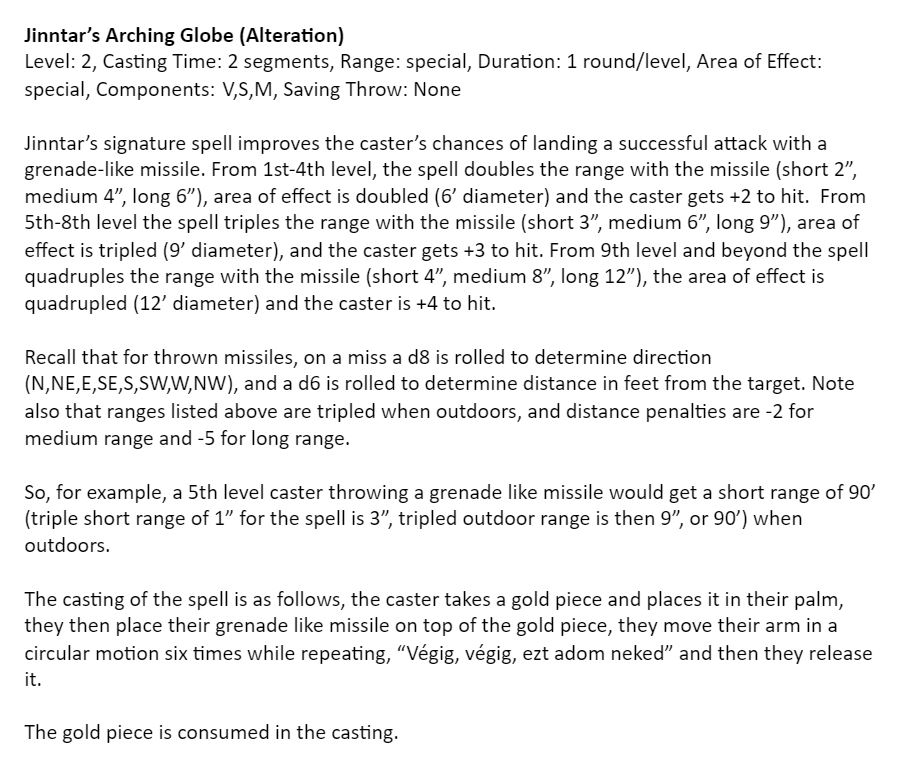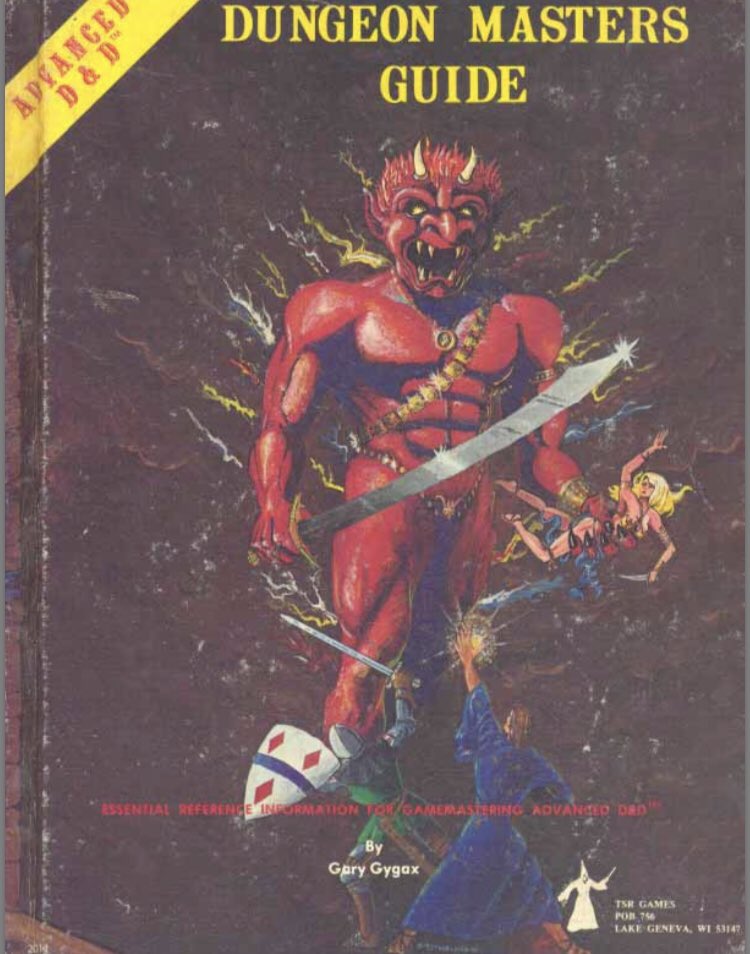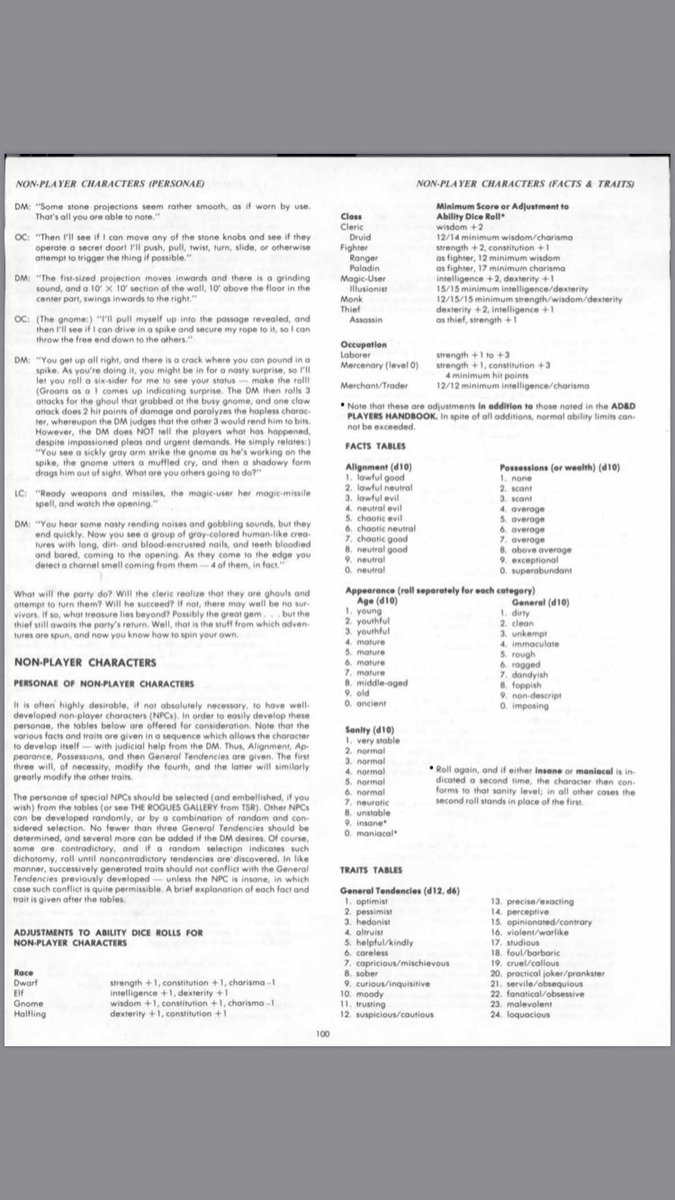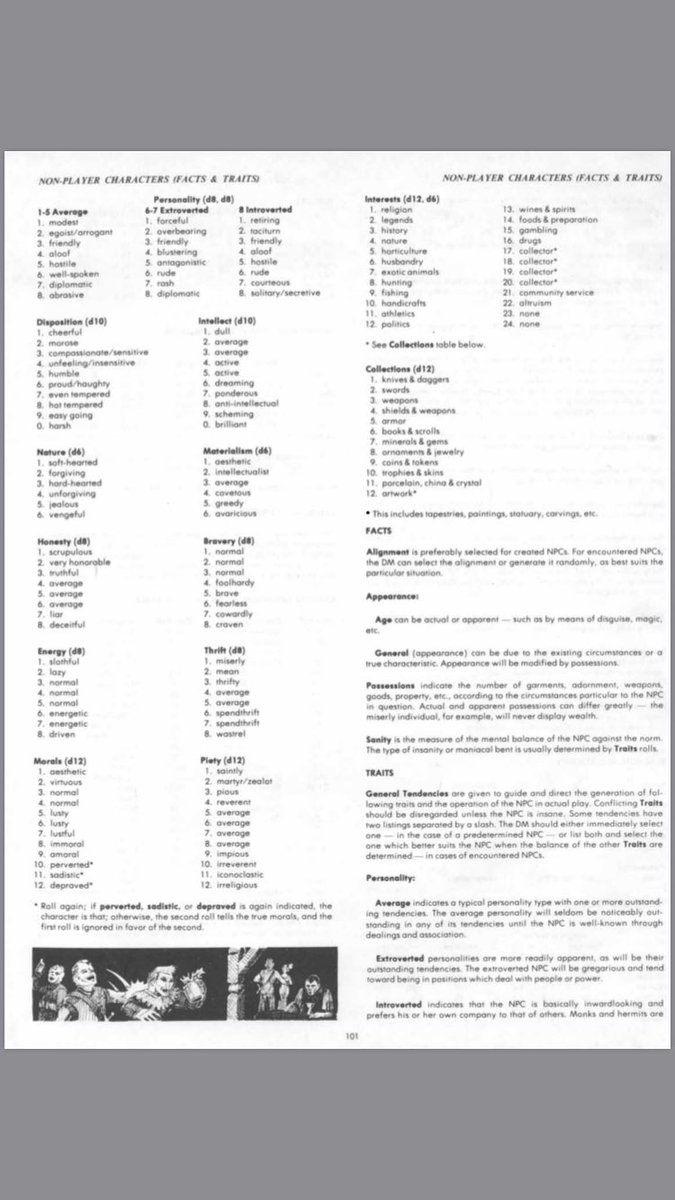
Over the last few years here I have noticed people mention playstyle choices that impact PC survivability, specifically with respect to hit points. There are other factors beyond HP, but I wanted to focus on them here.
What I’ve seen mentioned here:
What I’ve seen mentioned here:

1 - Starting groups off above 1st level
2 - Giving full HP at 1st level, or HP bonuses, or rerolls
3 - Ensuring that PC parties have at least one healer, or sending NPC healers with parties
2 - Giving full HP at 1st level, or HP bonuses, or rerolls
3 - Ensuring that PC parties have at least one healer, or sending NPC healers with parties
4 - If healers aren’t available, making healing potions/magic easily available
5 - Stats are inflated to give HP bonuses
6 - Reducing monster HP or adjusting their damage results in favor of the PCs to “serve the story”
There are probably a few more I’m forgetting.
5 - Stats are inflated to give HP bonuses
6 - Reducing monster HP or adjusting their damage results in favor of the PCs to “serve the story”
There are probably a few more I’m forgetting.
Now, I have no issue with any of these. I have, at one point or another, played in games that had 1-6. Also, I would add that 1-6 were also practiced BITD, they aren’t new ideas. They are all responses to the fact that, as written, the older editions of the game are lethal
I have a blog post brewing on the “older editions are lethal” claim, short version (for AD&D), you are likely hand waving/house ruling many of the things that make AD&D/old school games lethal, so it may seem otherwise, but take this as a given for the rest of this tweet
So if you want to ensure that your player’s PCs last more than a session or two, these are more or less effective solutions. Why are they notable? Well, one of the single biggest complaints I hear about D&D, and one of the single biggest misconceptions I see here…
… is that D&D is a “combat focused” game that leads to PCs becoming “murderhobos”. In essence, the game is supposedly DESIGNED to lead to players becoming violent murderers in order to progress and gain experience.
“Kill things and take their stuff”
“Kill things and take their stuff”
This belief is so ingrained into the lore about the game that it is virtually universally accepted, D&D is a violent game that teaches violent solutions to problems. However, I would maintain that this is actually a playstyle issue, not a game design issue
You can see this if you look at violence in the real world. One of the deterrents to violence in the real world is violent responses to violent behavior. If you punch someone, all other things being equal, there is a good chance you will get punched back
In D&D you are playing a role, it is not real, so you are already one step removed from the consequences of violence. If your PC dies, you can just roll up another one. So you are already, at first blush, distanced from the consequences of your PC’s violence
However, if you practice any or all of 1-6 you are muting the consequences of violence. If PCs start above 1st level, have more HP, have easy healing, high stats or plot armor, the consequences of violence are less significant, so is it any surprise violence is common?
As is always the case, with a theory like this, it is best to test it in practice, and I have done so many times. I have run several year long campaigns where healing was restricted and HP were not artificially inflated. I have also run long campaigns more or less AD&D RAW
"AD&D RAW"
What I discovered was this: after the first few encounters where the party chose to fight opponents directly, they quickly discovered how lethal violence can be to them as well as their opponents. Suddenly, ACTIONS HAD DEADLY CONSEQUENCES
So play style started to change, negotiation, alliance formation, fighting through and with proxies (e.g. henchmen), avoidance, stealth, deception, smart play, these became the watchwords. But this also proved a point, AS DESIGNED, D&D does not “reward” violence
Combat is always the least preferred option, as large mobs of low level mooks or a failed save can take out even high level PCs. A 10th level magic-user, BTB has a HP span of 10-40 hp. If HP are rolled, the average is 25 hp. But that means that there are at least some…
… PC magic-users out there that would have 10 hp at 10th level. I’m fairly sure most people don’t play that way. And of course it works in the other direction, some high HD monsters should have very low HP. What I find interesting about this is...
… that so many assumptions about older edition D&D are based around the idea that it promotes violence by design, but BTB play without the sorts of adjustments I’m mentioning above makes combat a potentially lethal option almost every time.
The game, AS DESIGNED, does not reward violence, it rewards smart play. We just forget this as we have messed with the aspects of the game that produce some of the consequences of that violence. Once those are muted, violence becomes a more palatable option
This argument can be extended to higher level play as well. But wait! High level PCs have mountains of HP and even better healing options! Yes they do, but if you peruse high level modules and more powerful monster abilities...
You quickly discover “insta-kill” options like no-save effects, poison and even assassination. Monsters in AD&D have a “number appearing”, dragons, for example, are, on average, multiples, and, on average, many will have spell casting ability
But if I had a nickel for all the single dragon encounters I’ve seen discussed. “It was an ancient red, we took it DOWN”, sure chuckles, but what if there were three, and what if two of them could cast 2 magic user spells of each level from 1st to 4th?
Perhaps not surprisingly, insta-kill effects and monster features get muted (or “nerfed”) in many games as well, I’ve seen people here say things like, “It’s unfair to kill a loved high level PC who has been played for so many years to a no-save spell or single save poison”.
OK, I don’t agree with that, but even if you do, it should be obvious that removing that sort of stuff removes another consequence for violence. So no wonder your high level PCs are “invincible”, you have made them so by nerfing the game
However, if you choose to remove the deadly impacts of the game, at whatever level, then you are rewarding using violence to solve problems. That’s not to say that there aren’t other ways to deliver consequences other than PC death, of course there are
And it’s not to say that games that do 1-6 are going to degenerate into murderhobo D&D. I don’t believe that TTRPGS work the same way as other games, I don’t think they have as strong a hold on what kind of play is “necessitated” by game design. That’s a blog post for later.
But if you remove many of the major threat vectors in the game, then it can’t be surprising that the PCs become more reliant on violence as a solution. But be clear about this, it isn't a game design issue, it's a playstyle issue
Every time I see one of those “D&D is a violent game” posts here I want to invite the poster to play a session at my table, where you don’t have artificial cushions to protect you when you decide to use your sword as a solution to your immediate problems
My Tuesday after school group is in White Plume Mountain, they have no healer ATM, one potion of extra healing is all they have. They have lost two henchmen, they just decided to retreat, and go retrieve their healer (who left last session to get a henchman)
They don’t fight everything they meet, they fight when they screw up or get impatient, or it’s forced by the situation, but they never pull steel or do jazz hands when they don’t have to. They are 8-10 years old. They LOVE D&D. I don’t do any of 1-6 with them. Just sayin’
• • •
Missing some Tweet in this thread? You can try to
force a refresh









